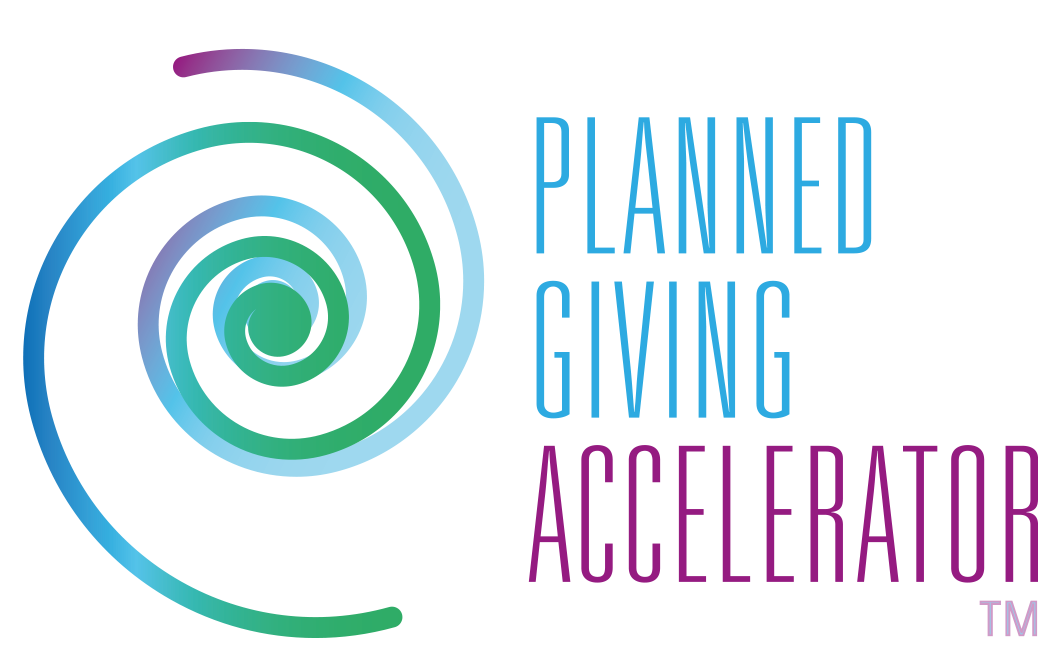We’re excited to share this guest contribution by Murad Bushnaq, the founder and CEO of Morweb, who has some excellent advice to share on how to market your Planned Giving program on your website.
By Murad Bushnaq
Planned Giving is the result of a strong relationship between a nonprofit and its donors. Planned gifts grant your organization access to significant funding and enable your donors and their families to keep supporting a cause they believe in.
Nonprofits of every size can start a Planned Giving program to secure reliable sources of funding down the line. There are a few different types of planned gifts you should know as you’re getting your own program up and running:
- Charitable annuities are contracts between individuals and nonprofits in which the donor makes a contribution and the nonprofit agrees to pay the individual a fixed income for the rest of their life. (Usually only large nonprofits encourage charitable annuities, because they’re complicated to set up.)
- Bequests are the most popular form of Planned Giving for both individuals and nonprofits, because they’re very straightforward. Individuals simply allocate a set dollar amount or percentage of their estate to a nonprofit in their legal will.
Whatever type of Planned Giving you’re going to start encouraging, you should be thinking about how you’ll make your Planned Giving program a success once it’s up and running. Much of that success will depend on how you get the word out and cultivate lasting relationships with your donors.
That’s where your organization’s website comes in. According to Morweb’s article on the best nonprofit websites, “user experience and aesthetics often get brushed under the rug to feature…content,” like the information you want to provide on Planned Giving. In other words, sometimes nonprofits get so caught up in delivering information that they forget to put themselves in their supporters’ shoes and think through the experience their website provides.
Don’t let that be true for your nonprofit. Instead, learn how to use your nonprofit’s content management system (CMS) to design a website that can inform people about your Planned Giving program in a way that will help you maintain relationships with them, increase loyalty to your cause, and result in higher participation in your Planned Giving program.
In this post, we’ll give you tips on how you can design your website so it supports your Planned Giving program, including:
- Make your site easy to navigate.
- Provide plenty of resources that give information about Planned Giving.
- Use your blog to tell compelling stories about Planned Giving.
- Connect your social media profiles to your website.
- Create a well-designed donation page to boost donor retention.
With a well-designed website, your supporters will have an easier time navigating through the information and tasks they need to complete to be part of your organization. In turn, they’ll feel more connected to your cause. That means that when the time comes for them to consider Planned Giving, they’ll think of your nonprofit. Let’s get started!
1. Make your site easy to navigate.
Nonprofits like yours may be losing out on as much as 90% of what’s available in planned gifts because of missed marketing opportunities. Making your website a central hub for the information donors need about your Planned Giving program and making that information easy to find will help you secure more of those planned gifts.
Even if donors aren’t visiting your website for the sole purpose of learning about planned gifts, their experience with your website will still impact how they think about your organization. So, to increase loyalty that could lead to higher volunteer rates, donations, and planned gifts in the future, you should be thinking about those site users as well.
Ask yourself, “Is my current website easy to use?” “Is it intuitive?” “Do users get frustrated by my site and leave?” Your answers to these questions will help determine if you need to reprioritize navigation in your design.
Let’s walk through some website design tips that will help you enable easier user navigation:
- Use a nonprofit-specific CMS. While you could opt for a popular yet generic platform like WordPress for your nonprofit’s website builder, choosing a nonprofit-specific site builder like Morweb gives you access to tools that actually suit your organization and supporters’ needs. Plus, a CMS built for nonprofits is easy to use and won’t require hours of special training just to find and implement the features you need.
- Focus on accessibility. You want every supporter to be able to use your website, no matter their abilities. Adhere to accessibility best practices by ensuring all images have alt text, your text is presented in easy-to-read fonts, text and images have a sufficient contrast ratio, and any multimedia elements have closed captioning or transcripts.
- Choose a clean and simple design. It can be tempting to overcomplicate your website’s design, especially when you get a nonprofit-specific CMS that makes designing so easy. Remember that complicated designs, flashy colors, and tons of images may actually work against you. Instead, choose a clean, simple design and leave lots of white space between individual elements on your site. You don’t want to overwhelm your site users with content or design elements that will distract from your cause.
- Optimize for mobile devices. Many nonprofits forget to optimize their websites for mobile devices. That means that when someone goes to your site on their tablet or phone, the text is difficult to read, the images aren’t the right size, and the design elements look wonky. Make sure you take the time to optimize for mobile, or, better yet, leverage a website builder that takes care of it for you with automatic mobile responsiveness.
- Manage both donations and events through your website. Once you have your supporters on your website, your goal is to keep them there. Nonprofits sometimes let users navigate away from their site to make donations or register for events. Keep everything under one roof by creating a donation page directly on your site and event pages (or microsites) that are connected to your main website. It may sound like a no-brainer, but you want your supporters to associate everything they’re doing online for your cause with your organization, and that includes buying gala tickets or giving a donation.
- Avoid static page layouts and keep pages fresh. Give your website visitors a reason to return to your site regularly. Opt for a CMS that offers various templates and widgets which help you refresh content easily.
By following these best practices for your website’s design, you’ll be able to prioritize your site’s user experience and encourage visitors to learn more about your various opportunities and programs, like Planned Giving.
2. Provide plenty of resources that give information about Planned Giving.
Most people want to leave a legacy—the problem is many just don’t know what their options are. You can help your supporters by providing information on your website that walks them through the process of setting up Planned Giving. We recommend you set up a designated Planned Giving page on your website to house these resources.
As mentioned above, you may want to focus on bequests and wills the most, because that’s the form of Planned Giving that is easiest for donors to understand and set up. Nearly everyone can set up a bequest without it requiring tricky footwork or extreme wealth.
In your written resources, you’ll want to hone your writing so that you can effectively appeal to the right audience. Here are a few tips for doing so:
- Write for an older audience, as that’s the demographic who have Planned Giving top of mind.
- Use plain language, keeping the information clear and free of legal jargon.
- Keep it short so that your reader will stay engaged the entire time.
- Make it personal, focusing on the human touch and making an emotional connection with your reader.
Providing plenty of support through a variety of resources will empower your prospects to take the steps they need to make planned gifts. In many of these resources, one of the best ways to encourage your supporters to start thinking about Planned Giving is to tell a story that they can relate to, which we’ll cover in the next section.
3. Use your blog to tell compelling stories about Planned Giving.
Your supporters are involved with your nonprofit because they have an emotional connection and investment in your cause.
You can leverage those emotional connections by sharing stories from your Planned Giving program using your blog. This will show your donors that your program is about them, their legacy, and their families, shifting the focus away from your nonprofit to your relationship with your donors.
As you share blog posts that personalize the Planned Giving process, use pictures that show real people and their families and keep an outward focus. Tell donors what planned gift donors have done for your cause, not what your organization has done for your cause as a result of the donations. This will signal to your supporters that your nonprofit prioritizes donor stewardship and appreciates the people behind the contributions to your mission.
4. Connect your social media profiles to your website.
Focusing attention on your social media profiles can boost traffic to your website. When you direct social media followers back to your website and encourage users to click through to your social media pages, you can maintain a healthy flow of traffic between your profiles and your site.
This helps your supporters see that you have an active online presence and that you’re serious and consistent about the many involvement opportunities you offer, whether that be volunteering or Planned Giving.
You can also share stories about Planned Giving with social media. Instagram, for example, is a great platform for sharing photos, so you might highlight your Planned Giving donors or what they helped your organization accomplish there. In addition, social media gives you an opportunity to connect with younger donors who may be part of your Planned Giving program later in life.
Using your CMS, leverage social sharing buttons by adding links to your social media profiles right onto your website. Depending on your tools, you might even embed a live feed right on your homepage where visitors can see updates on your latest Tweets, Facebook status updates, or Instagram posts.
5. Create a well-designed donation page to boost donor retention.
This last tip might be a little surprising. After all, your Planned Giving program doesn’t use a simple online form. But if you want every donor (not just the 12 percent of donors, who, according to DonorSearch, give high-impact gifts, or those who are particularly wealthy) to turn into a lifelong donor and, later, a planned gift giver, you have to focus on optimizing their donation experience here and now, too.
If your donation page is difficult to use, demands too much information, or is too long, people won’t fill it out. Instead, try implementing some donation form design best practices, including:
- Optimize your donation page for mobile just like the rest of your site.
- Only ask for necessary information (e.g., cut fields that ask for country of residence or middle name).
- Offer multiple ways to give (e.g., via credit or debit card, ACH direct deposit, or Stripe), an option to make the donation a recurring gift, and suggested donation amounts.
- Brand your donation page to your organization so the giving experience feels connected to the rest of your website and your cause.
Refining high-traffic pages on your website, like your donation page, sends positive messages to your supporters about how much you care about them and the good that they’re helping you do. That is what builds momentum for donors who eventually want to get involved in Planned Giving.
Remember, Planned Giving is the result of maintaining your relationship with donors. Providing supporters with a great experience on your nonprofit’s website is a major part of that. Get started on optimizing your website now so that donors can find information on Planned Giving easily and commit to it as part of their individual legacy.
 Murad Bushnaq is the Founder and CEO of Morweb. Since its inception in 2014, Murad has acted as Creative Director and Chief Technologist to help nonprofits spread their vision online through engaging design, intuitive software and strategic communication.
Murad Bushnaq is the Founder and CEO of Morweb. Since its inception in 2014, Murad has acted as Creative Director and Chief Technologist to help nonprofits spread their vision online through engaging design, intuitive software and strategic communication.


